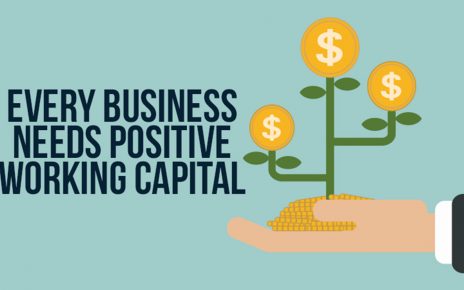Working Capital Definition is to an organization is to understand what blood is to the human body! Ask any entrepreneur, and he would tell you that more than long term financial requirements, it is the short and immediate term capital requirements that can be pressing on an organization. For long term funding, an organisation can approach a bank for a loan, look at equity funding, issue shares and so on. In most cases, the investor or financier has some sort of additional security in the form of a collateral security. Hence, long term funding happens at lower interest rates than short term loans like working capital.However, in the case of working capital requirements, the need might be for a shorter period, which fuels investors to charge a much higher rate of interest. To understand what makes working capital such an important element of business, we must first understand the Working Capital definition.
Working Capital Definition – The definition
From a purely technical perspective, the working capital definition is the difference between current assets and current liabilities; current assets are short term assets like cash in hand, bank deposits etc, while current liabilities are an organizations short term loans. In other words, the working capital definition is that it is the operating capital of an organization, or the capital required to run an organization, until the next cash flow comes in.
Working Capital Definition – A Deeper Understanding
In spite of the most meticulous plans for operating capital, one must accept the fact that this form of borrowing is the most common. In spite of a decent chunk of funds in your account as reserves, you might still end up borrowing short term working capital loans. The reasons for such borrowings are as follows:
- Reduction in the value of current assets
- Increase in the value of current liabilities
- Non operational expenditure eating up your reserves
- Decrease in anticipated cash flow – Imagine if you had a bill to be cleared from an government agency, and due to a change in government policy, the bill got delayed.
As you study the working capital definition, you will understand that there are two major kinds of working capital loans; secured and unsecured loans. Secured working capital loans require the organization to furnish a security for the loan borrowed, while an unsecured loan would not need any security. Hence, unsecured loans attract a much higher rate of interest than secured loans. For an organization that needs huge chunks of working capital lending like a manufacturing unit, having secured loans is very sensible, as the interest payments every month could be extremely high for an unsecured loan.
Working Capital Definition – A Conclusion
After reading the above arguments, it is easy to conclude that working capital is the lifeline of an organization. To stay healthy, to stay in business and to grow, requires a strong working capital plan. Once you understand the working capital definition in detail, it becomes a lot easier to manage your working capital requirements.



